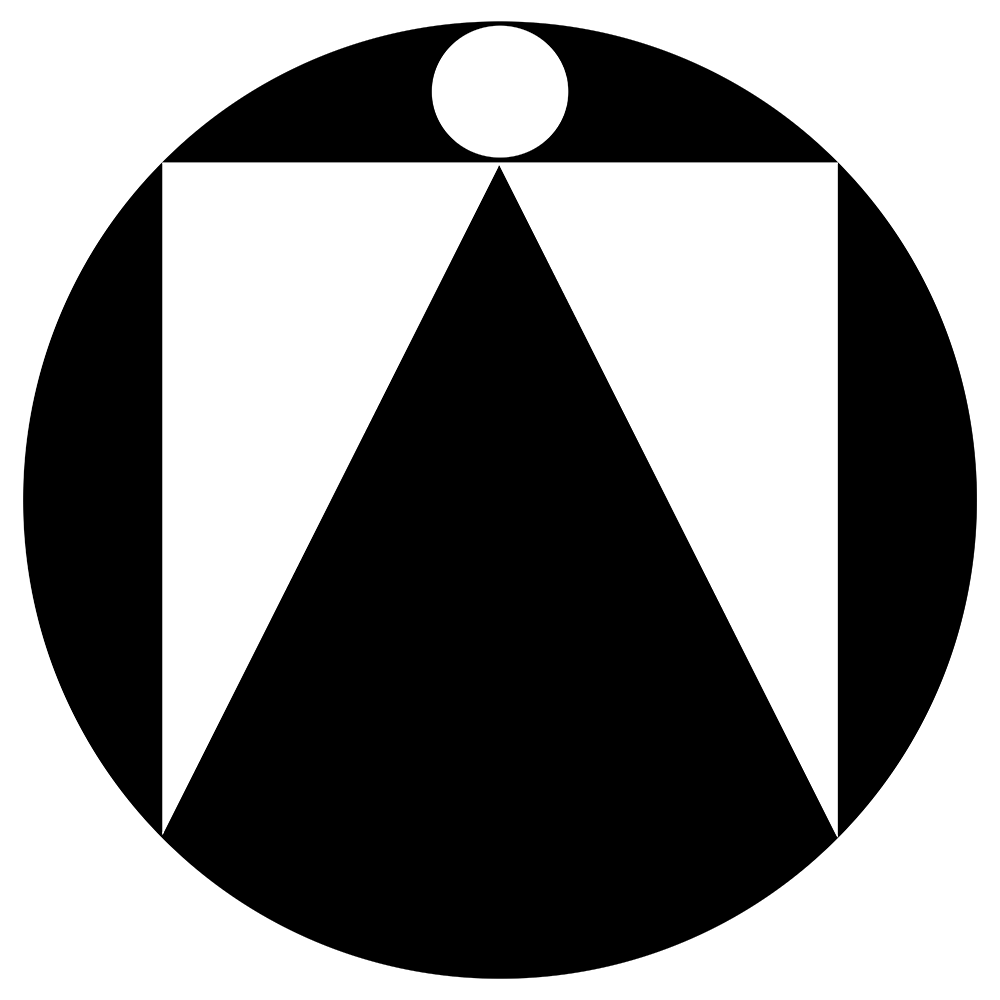BIO
Born in 1983 in Sri Lanka, Raki Nikahetiya and his family left the country during the civil war, relocating to Austria. Growing up between two cultural poles, he studied Economics, focusing on sustainable development and migration in Vienna before working as a photojournalist and joining the United Nations in 2009. Nikahetiya moved to London in 2013, where he continued his work in international development and environmental conservation before shifting full focus onto his art practice after studying at the Slade School of Fine Art.
Now based between Colombo and New Delhi, Nikahetiya is interested in individual as well as collective identity, memory and migration. His interdisciplinary approach to art-making pushes his practice further through the use of photography, collaboration with artisanal crafts and communities, land art as well as the use of scientific processes. Nikahetiya is the co-founder of sā, the highest land art Biennale in Asia, focusing on regenerative art and transboundary collaboration.
ARTIST STATEMENT
My experience of being Sri Lankan and growing up as a migrant in Austria has drawn me towards an interdisciplinary path as a visual artist. My practice lies in the intersection of classical visual art, process oriented abstraction, traditional handcrafts and scientific exploration and collaboration. I am particularly passionate about juxtaposing modern methods (e.g. digital painting, electron microscope photography) with ancient techniques (ancient embroidery and marble in-lay) to create new perspectives on memory, the unseen and identity.
In recent years I am using land art to explore landscapes, climate optimism and deep time thinking. This experience has sharpened my focus on regenerative art making; bringing artistic and wider communities together to consider the practical impact of art and what we want to leave behind for the generations to come in times of continuous change.
